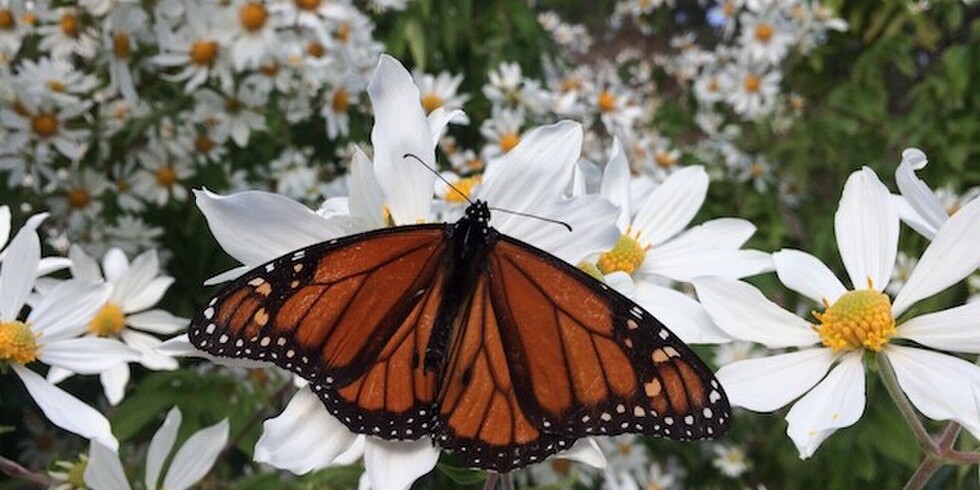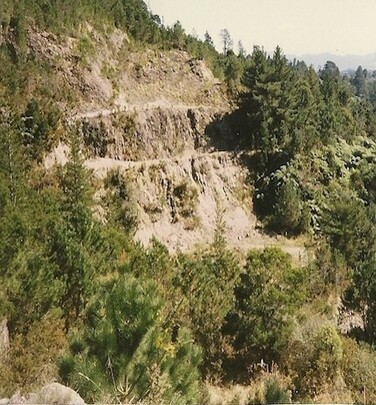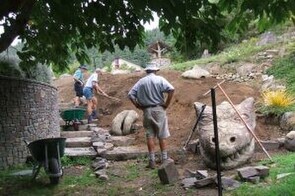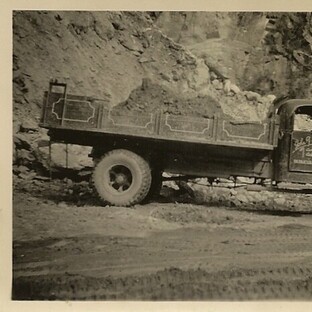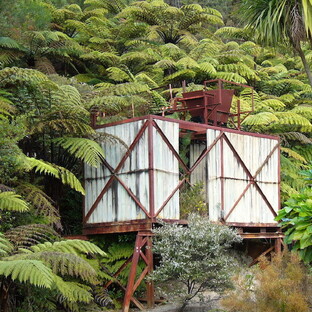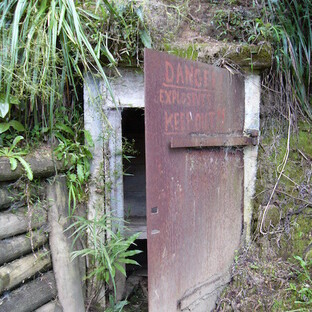Te Puna Quarry park started life as a Rock Quarry in the early 1900s, through until 1979. Ten years later, the council planted some pine trees, and the Te Puna Quarry Park Society was formed in 1993, beginning work on the park three years later. Nearly 20 years since we started developing this park into a local and national treasure, we’ve come a long way, and we’re excited to see what will be next.
Starting as a Quarry
Te Puna Quarry Park is situated at Te Puna, 12 kilometres west of Tauranga in the Bay of Plenty, North Island of New Zealand, at the end of Te Puna Quarry Road. Because of the confiscation of land from the indigenous Maori people by the Government of the day in 1864, comparatively little history is remembered or recorded of the inland Te Puna area.
This site of 32 hectares was reserved for “quarry purposes” by Government Gazette notice in 1911 as Crown Land vested in the then Tauranga County Council.
The waterfall in the quarry reserve is called “Te Mimi O Tuanehe” (roughly translated to mean “a man having a pee”). After heavy rain, the waterfall spouts out away from the cliff and was very visible when the hill was only clad in fern and scrub. Te Karaka Stream flows from this waterfall. There were remains of kumara (sweet potato) storage pits on the slope east across this creek and they were associated with the gardens of Tuaneke.
The dam above the waterfall was built by early quarry workers and supplied all the water needed for the quarry workings as well as being used by the neighbouring farm troughs, cowshed and the homestead. This farm was owned later by Stan and Kath Harper and has now been subdivided.
Gold was searched for in these hills – Bob Munro and Davie Borrell were two of those who fossicked – unsuccessfully, it is believed.
The rock in this quarry is a rhyolite material which is generally regarded as poor quality and did not satisfy specifications for good quality crushed base course road metal by the National Roads Board (or the present Transit New Zealand). However, being the only type of metal available in the district, it was used extensively as sub-base and base course material for roading works in the area west and south of Tauranga.
For a long period the County Council operated a small crushing plant at this site to provide for the local needs which included the old Tauranga-Waihi highway.
After World War Two, from 1945 onwards, output from the quarry increased and supplied crushed metal for County roads and for the reconstruction of State Highway Two. Large quantities of stone were also used for bridge approach embankments in the general area of Tauranga, for the Strand reclamation, for breakwaters built on the foreshore and for farm tracks.
At first the quarry was worked by the County Council employing labour. As circumstances permitted, this was phased out in favour of private contractors who paid royalties on quantities produced for sale, with the Council having prior right of being supplied.
Te Puna Quarry Park timeline
1864: Land confiscated from indigenous Maori people.
1911: 32 Hectares reserved for “quarry purposes”. Quarry rock used for roadworks, reclamation and breakwaters. 575,000 tons of rhyolite rock removed over 50 year period.
1979: Quarry operations ceased.
1989: Pine trees planted by District Council.
1993: Te Puna Quarry Park Society formed.
1996: Development of park commenced.
2000: Park officially opened on March 18 by the Governor-General of the day, Sir Michael Hardy-Boyes, a memorable occasion for those who had worked so hard to reach that point.
2000: Featured on Maggie’s Garden Show on TVOne, a very enjoyable event for everyone present at the filming session.
2002: Winner of Bay of Plenty Trustpower Community Award.
2003: Winner of Trustpower NATIONAL Community Award.
2008: Winner of Trustpower REGIONAL (Bay of Plenty) Community Award.
2011: The Gallery is opened by Michael Cooney, Chairman of TECT (Tauranga Energy Consumer Trust).
2012: Winner of Heritage and Environment category at Bay of Plenty Trustpower Community Award
Closing of the Quarry
Large quantities of rock have been extracted over the many years of operation. By the late 1970’s operations ceased as the demand for this type of material diminished. 575,000 tons of rhyolite rock was removed during the time of operation – over a 50 year period.
In 1989 the Western Bay of Plenty District Council planted 60 hectares of the quarry reserve in pine trees in an effort to control noxious weeds and to provide a future asset. Then in 1992 the Council looked at the possibility of re-opening the quarry or of selling it. These proposals were met with some opposition from local residents, now increased in numbers owing to the subdivisions of adjacent farms. The use of land for quarrying was also considered not environmentally acceptable.
The visual impact of the quarry during its 20 years of closure was an ugly scar in the Minden hills, very visible from the State Highway and used as a navigation point from the sea. During those 20 years natural regrowth of noxious weeds of every description, pine and wattle trees as well as extensive regrowth of ponga and manuka has gradually hidden the scar.
Photographs of the Quarry's operational days
(courtesy of Frank Bethell)
